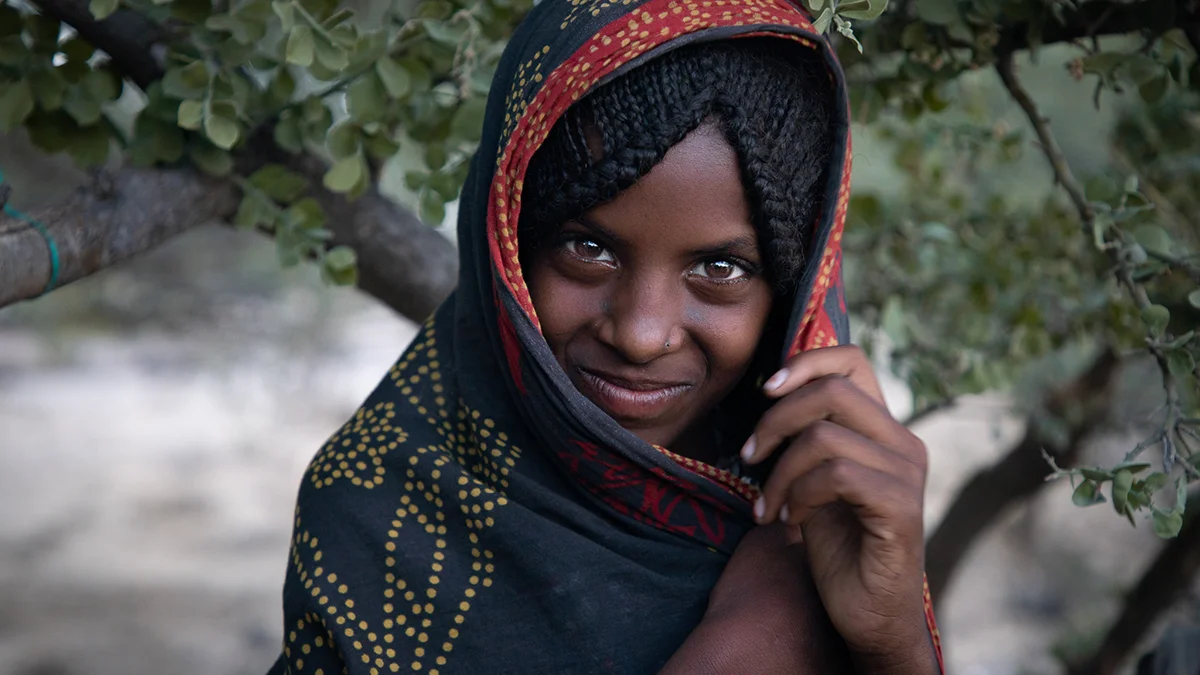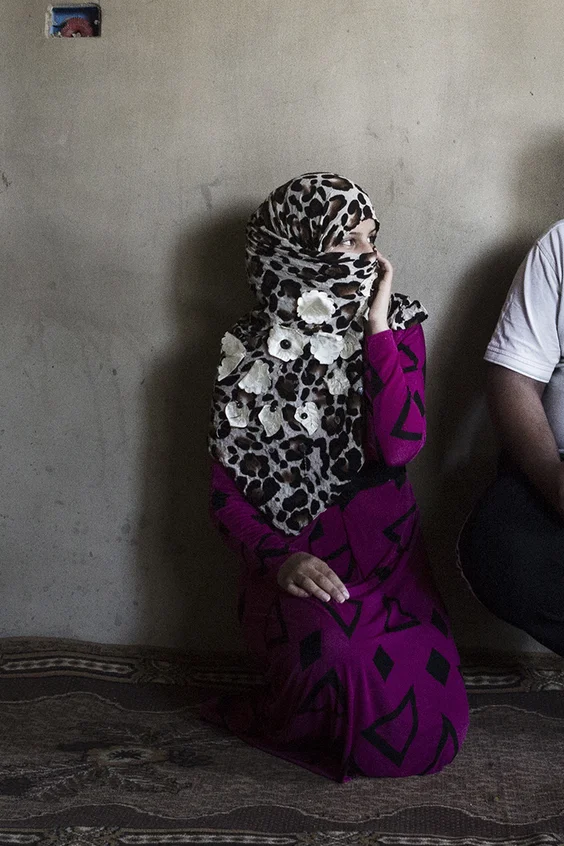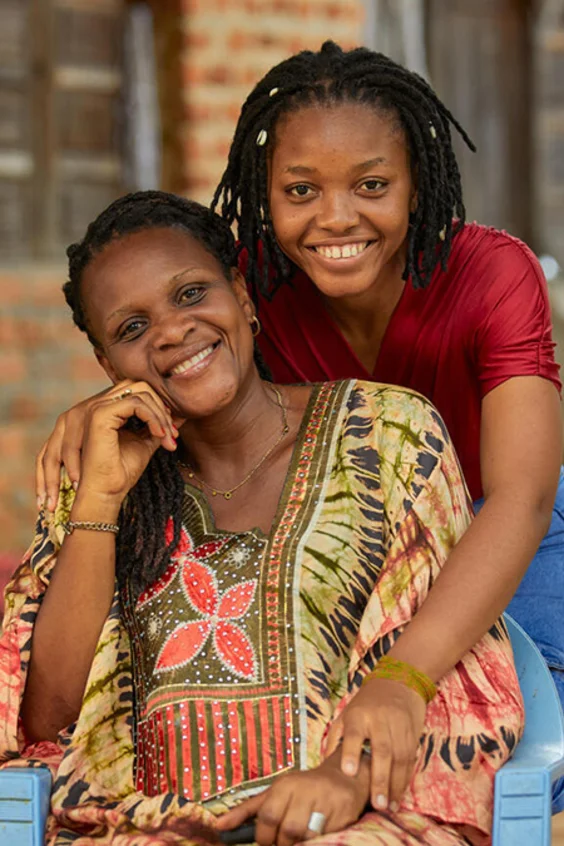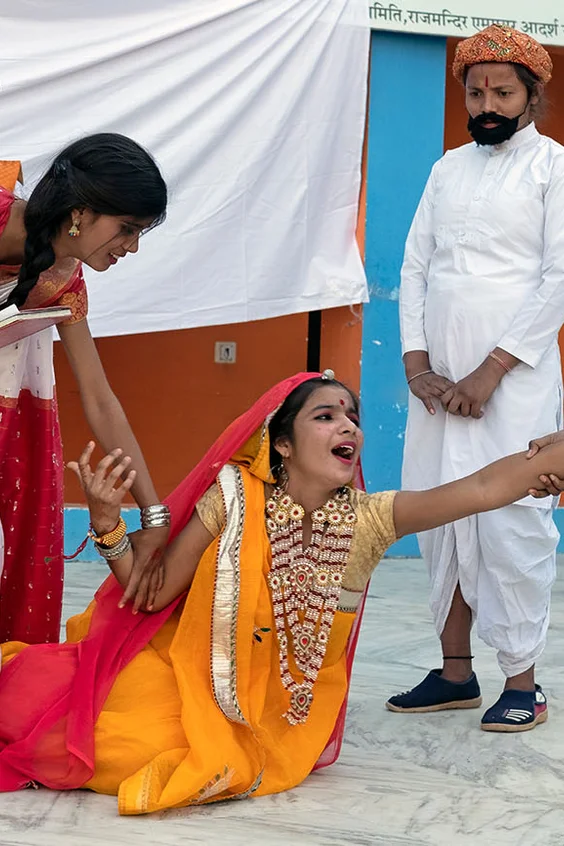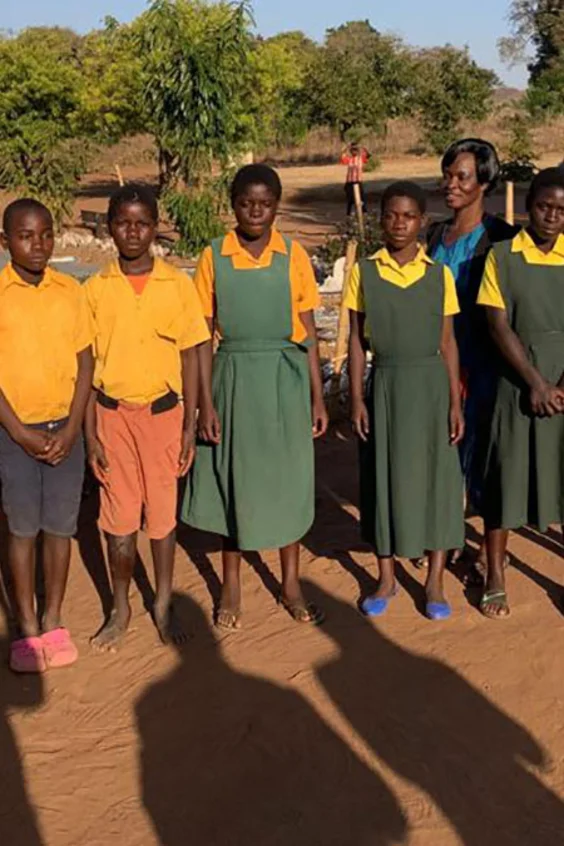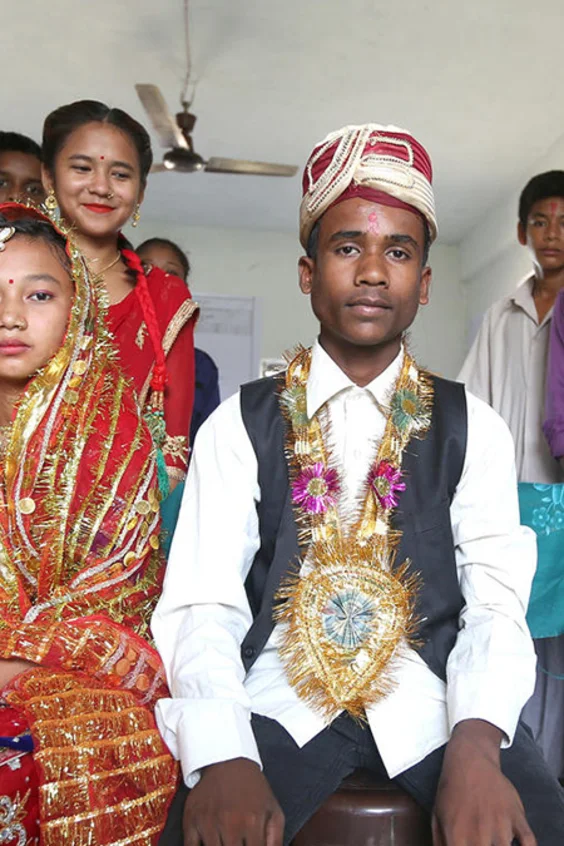Slowing momentum toward eliminating child marriage most acute in sub-Saharan Africa, which is now over 200 years from ending child marriage; 1 in 4 young women still married before 18th birthday in South Asia despite progress.
Despite a steady decline in child marriage in the last decade, multiple crises including conflict, climate shocks, and the ongoing fallout from COVID-19 are threatening to reverse hard-earned gains, according to a new analysis issued by UNICEF today.
“The world is engulfed by crises on top of crises that are crushing the hopes and dreams of vulnerable children, especially girls who should be students, not brides,” said UNICEF Executive Director Catherine Russell. “Health and economic crises, escalating armed conflicts, and the ravaging effects of climate change are forcing families to seek a false sense of refuge in child marriage. We need to do everything in our power to ensure that their rights to an education and empowered lives are secured.”
Worldwide, an estimated 640 million girls and women alive today were married in childhood, or 12 million girls per year, according to the latest global estimate included in the analysis. The share of young women who married in childhood has declined from 21 per cent to 19 per cent since the last estimates were released five years ago. However, in spite of this progress, global reductions would have to be 20 times faster to meet the Sustainable Development Goal of ending child marriage by 2030.
Sub-Saharan Africa – which currently shoulders the second largest global share of child brides (20 per cent) – is over 200 years away from ending the practice at its current pace. Rapid population growth, alongside ongoing crises, look set to increase the number of child brides, in contrast with the declines expected in the rest of the world.
Latin America and the Caribbean is also falling behind and on course to have the second-highest regional level of child marriage by 2030. After periods of steady progress, the Middle East and North Africa, and Eastern Europe and Central Asia have also stagnated.
Meanwhile, South Asia continues to drive global reductions and is on pace to eliminate child marriage in about 55 years, the report notes. However, the region remains home to nearly half (45 per cent) of the world's child brides. While India has recorded significant progress in recent decades, it still accounts for one-third of the global total.
Girls who marry in childhood face immediate and lifelong consequences. They are less likely to remain in school, and face an increased risk of early pregnancy, in turn increasing the risk of child and maternal health complications and mortality. The practice can also isolate girls from family and friends, and exclude them from participating in their communities, taking a heavy toll on their mental health and well-being.
Worldwide, conflict, climate-related disasters, and the ongoing impacts of COVID-19 – especially rising poverty, income shocks, and school dropout – are helping to increase the drivers of child marriage while also making it difficult for girls to access health care, education, social services and community support that protect them from child marriage.
As a result, girls living in fragile settings are twice as likely to become child brides as the average girl globally, the analysis notes. For every ten-fold increase in conflict-related deaths, there is a 7 per cent increase in the number of child marriages. At the same time, extreme weather events driven by climate change increase a girl's risk, with every 10 per cent deviation in rainfall connected to around a 1 per cent increase in the prevalence of child marriage.
Precious gains to end child marriage in the past decade are also being threatened – or even reversed – by the ongoing impacts of COVID-19, the analysis warns. It is estimated that the pandemic has already cut the number of averted child marriages since 2020 by one-quarter.
"We’ve proven that progress to end child marriage is possible. It requires unwavering support for vulnerable girls and families,” added Russell. “We must focus on keeping girls in school and making sure they have economic opportunities."
Notes to editors:
Estimates of the global and regional prevalence of child marriage are calculated on the basis of national estimates in the UNICEF global databases, comprised of nationally representative data from over 100 countries. National data on child marriage are primarily drawn from household surveys, including the UNICEF-supported Multiple Indicator Cluster Surveys (MICS) and the USAID-supported Demographic and Health Surveys (DHS). Demographic data are drawn from the United Nations Department of Economic and Social Affairs, Population Division. The latest estimates go up to the year 2022.
